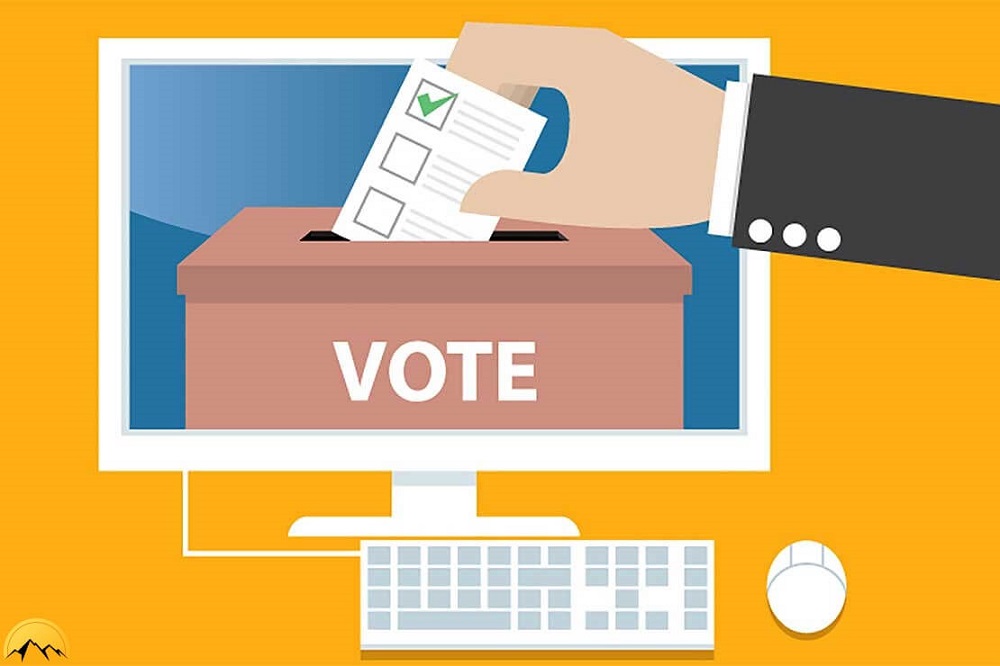
Source: Crypto Adventure
By UDI Associate Dmytro Khutkyy.
Digital technologies provide the public with the multitude of more accessible, connecting, and instant e-activism opportunities. Albeit, this comes with a price. Internet access toe-participation portals makes them more vulnerable to internal corruption and external hacking while online media make the public opinion more susceptible to manipulation.These issues are especially pertinent for electronic voting as a principal method of decision making in internet politics, electronic governance,and digital democracy.Nevertheless, due to a set of solutions in architecture,legislature,procedures, and awareness,e-voting risks can be mitigated.
Thereby, the aim of this paper is to identify, structure, and remit the risks of electronic voting by offering practical solutions for countering them. In the context of a wider electoral reform ,after a cost-benefit analysis has been performed and the introduction of internet voting has been decided upon, this policy paper can help foresee presumable challenges and refute ungrounded objections.In contrast to most publications that either focus on particular risks or describe proper i-voting, this paper inspects multiple challenges and addresses them. It is intended as a reference for politicians, public officials, civic activists, and citizens overall for preventing, detecting, and mitigating i-voting misuse, safeguarding e-democracy against distortions, and strengthening good governance.
For the purposes of this inquiry, of all varieties of electronic voting(e-voting), such as voting via an electronic voting machine inside a polling station or remote electronic voting using a ‘kiosk’ outside a polling station,specifically remote internet voting is taken into account.Here, internet voting (i-voting) is defined as voting using internet and computer technologies at least for casting and counting votes.In this sense, it is synonymous to online voting and mobile voting.
As a universal e-participation tool, i-voting is viewed in relation to a wide spectrum of e-democracy formats, including but not limited to non-binding online opinion polls, binding e-voting for policies,participatory budgeting projects,e-plebiscites, e-referenda, and e-elections (i-elections,online elections). Thereby, i-voting can serve representative, direct,participatory,liquid, and other forms of democracy.This study is based on a desk review of existing academic and policy research and the analysis of the available secondary data on i-voting statistics.
The conclusions are drawn from national and local cases,and therefore are potentially applicable to a range of remote i-voting designs in diverse political contexts.The paper presents the temporal sequence of major i-voting challenges,offers recommended solutions, analyses each typical i-voting issue in greater detail, and concludes with final reflections. Also, it includes a succinct overview of countries that practised and abandoned, abandoned and considered, currently practise, and consider i-elections.
Direct link to the version in English:
http://europeandigital.org/…/Internet_Voting_Challenges_and…
Direct link to the version in Romanian
http://europeandigital.org/…/Internet_Voting_Challenges_and…
Direct link to the version in Ukrainian:
http://europeandigital.org/…/Internet_Voting_Challenges_and…


